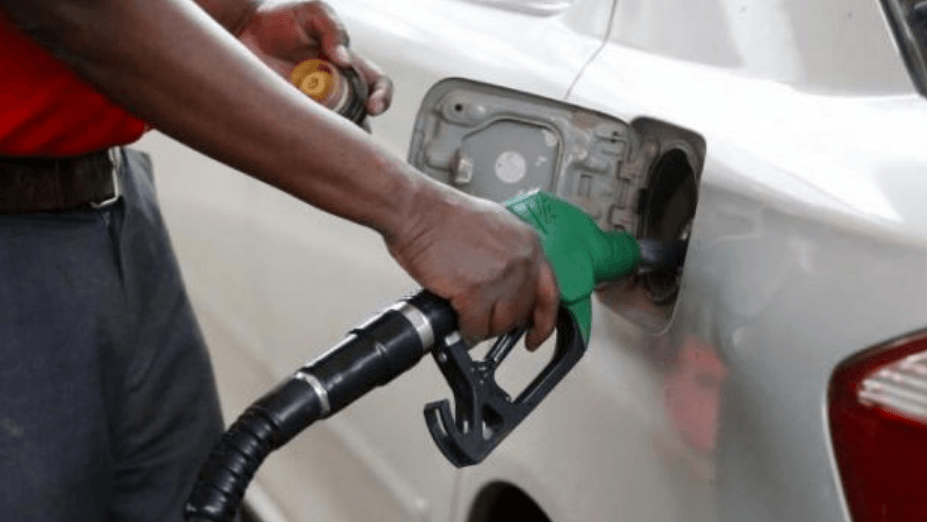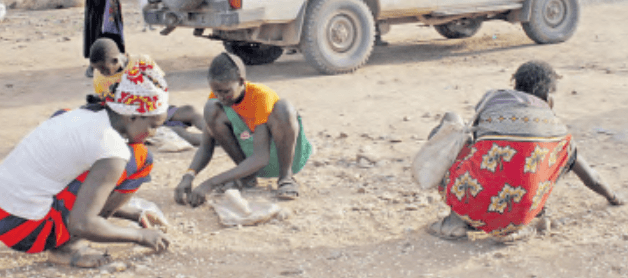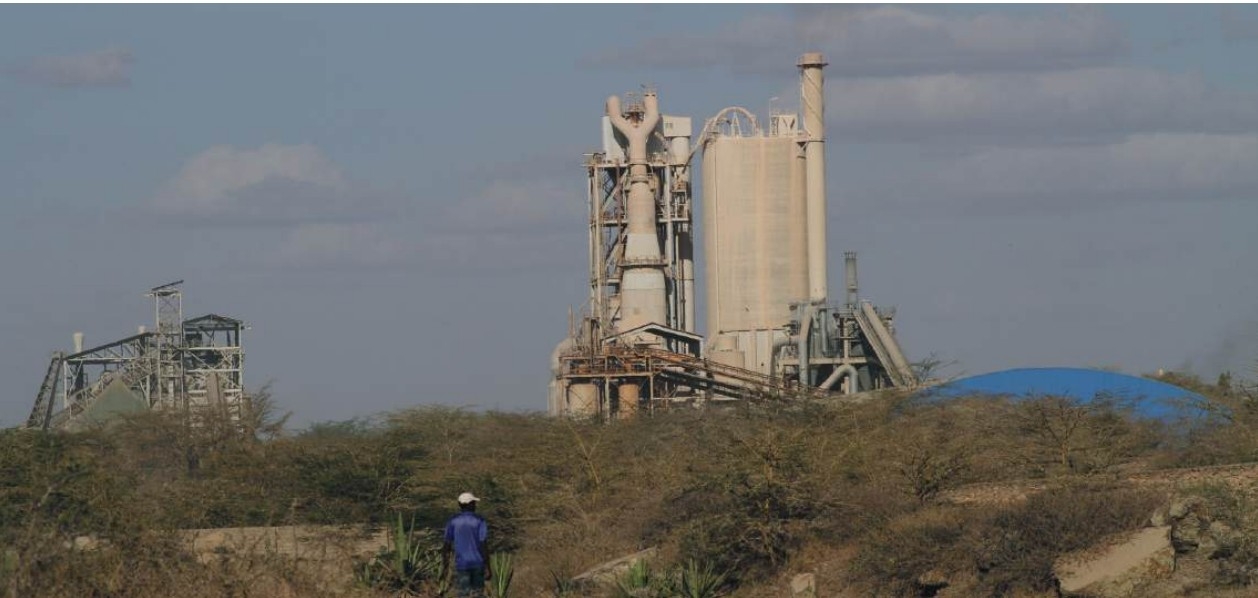The International Livestock Research Institute has embarked on measuring greenhouse gas emitted by domestic animals.
“One thing that we are doing here is to measure greenhouse gas emissions from livestock. We have respiration chambers for small ruminants such as sheep and goats and bigger ones for cattle,” scientist Sonja Leitner said.
The respiratory chambers allow scientists to measure emissions from the animals.
Leitner said they want to get the numbers right on the contribution of livestock to emissions.
She said they also use the respiratory chambers to find solutions that can reduce emissions and increase productivity.
Leitner said scientists also go to the farms to collect data.
“We collect data on productivity, feeding types, and breed among others. We also need lab measurements to make sure that the equations used to estimate emissions are correct and are validated for Africa systems because these equations are developed elsewhere and might not represent systems well,” she said.
Leitner said they try as much as possible to use lab based measurements when they need high precision and on farm trials to represent the systems well.
She said they have tested legume supplements which are very rich in proteins.
“Legumes also contain compounds that interact in the stomach of the animal with the microbes and reduce methane emissions. You can increase productivity and slash emissions. We tested legumes because we want interventions that are feasible for smallholders,” she said.
Leitner said they recently did an experiment on sheep infected with worms and learnt that although the worms suppress productivity, the animal still produces the same amount of pollution.
Leitner said treating or preventing diseases can reduce greenhouse gas emissions.
“If you have a sick animal, productivity will be low but the emission will still be the same, if you have healthy animals, productivity will be higher,” she said.
Leitner said one cow that produces 10 litres of milk emits less greenhouse gases than two cows that produce five litres.
“You can help mitigate greenhouse gases just by increasing productivity per animal,” she said.
How the chambers work
Jesse Kagai, a scientist in charge of the chamber, said animals are first put in the pens located metres away from the respiratory chambers.
“That is where we start the experiment by holding the animals before taking productivity data. For instance, if you are testing a certain feed on productivity and emissions, we will hold the animal there for a certain period and then we take intake and digestibility,” Kagai said.
Kagai said the animal is then brought inside the respiratory chambers.
He said the system is semi-automatic and the air into the respiratory chamber is regulated.
“The sheep will be inside this chamber with feed and water and it will be here for 24 hours and because the air that is coming in is regulated, the animal is comfortable. We try as much as possible to mimic the outside conditions,” he said.
Kagai said the air from the exhaust side is sampled regularly after every three minutes and taken for analysis.
“From the other end, you can see in real time how much enteric methane is being produced by an animal depending on the treatment of the animal and the activity of the animal,” Kagai said.
Kagai said the sheep will spend three days in the chambers so that they are interchanged to different chambers.
To get the emissions, gas concentration at the inflow and outflow is measured.
In between the exercise, some minutes are used to clean the chambers.
The same applies for cattle.
Statistics from the government show that Kenya’s total greenhouse gas emissions have increased from 56.8 metric tonnes of carbon dioxide equivalent in 1995 to 93.7 metric tonnes of carbon dioxide equivalent in 2015.
Projections showed that the emissions will hit 143 metric tonnes of carbon dioxide equivalent by 2030 as the country pursues its Vision 2030 development agenda.
The 2015 emissions represent an increase of 65.2 per cent over the period and less than 0.1 per cent of the 2015 global emissions, including land use, land use change and forestry.
In 2015, the leading source of emissions was agriculture at 40 per cent of the total national emissions, mostly livestock enteric fermentation, manure left on pasture and agriculture and fertiliser application.
This was closely followed by land use, land use change and forestry at 38 per cent due to deforestation and energy, including transport at 18 per cent.
Kenya Demographic Health Survey 2023 says there are 3,355,407 exotic cattle in the country, 14,112,367 indigenous cattle, 17,129,606 sheep, 27,740,153 goats and 2,971,111 camels.
The survey says Eastern hosts 373,307 exotic cattle, 1,886,854 indigenous, 1,890,898 sheep, 4,729,057 goats and 248,634 camels.
Northeastern has 80,422 exotic cattle, 2,694,786 indigenous cattle, 4,264,155 sheep, 7,886,586 goats and 1,700,893 camels.
The ongoing interventions to have accurate data on livestock contribution to emissions come even as debate rages on whether to reduce the number of livestock or not.
Africa has many pastoralists and livestock rearing is their traditional way of life.
Africa Group of Negotiators Experts Support (Agnes) team lead Dr George Wamukoya said there is need to justify the climate angle in the livestock sector to attract climate finance.
He underscored the cultural and systemic significance of livestock, saying it's not just about sustenance, but an integral part of heritage passed down through generations.
Africa contributes less than four per cent of global emissions, which highlights the deep-rooted connection between livestock and culture in these regions.















